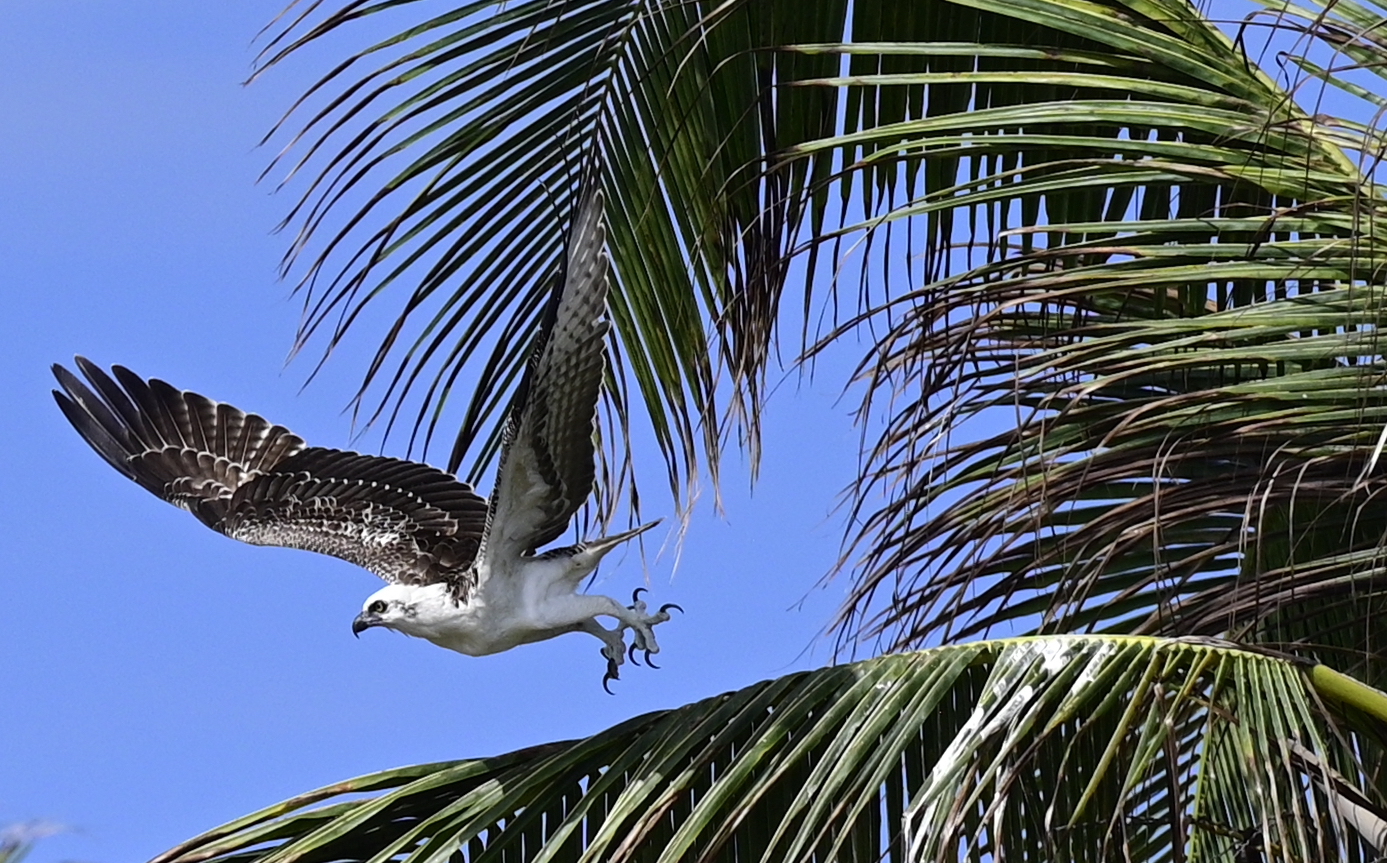
The Osprey, Pandion haliaetus, also known as the “fish hawk” due to its diet primarily consisting of fish, has a significant presence in Belize. Here’s a brief history:
- Native Habitat: Ospreys are native to Belize and have been a part of its ecosystem for centuries. Belize provides an ideal habitat for Ospreys with its diverse coastal areas, mangroves, and inland water bodies, which offer abundant fish, their primary food source.
- Conservation Efforts: Belize has recognized the importance of preserving its wildlife, including the Osprey. Efforts in conservation and habitat protection have contributed to maintaining healthy populations of Ospreys within the country.
- Research and Monitoring: Scientists and conservationists have conducted research and monitoring programs to study Osprey populations in Belize. These efforts help in understanding their behavior, migration patterns, and overall health status, which in turn inform conservation strategies.
- Ecotourism: Belize’s rich biodiversity, including its birdlife like the Osprey, attracts ecotourists from around the world. Birdwatching tours and eco-lodges offer opportunities for visitors to observe Ospreys and other avian species in their natural habitats, contributing to both local economies and conservation efforts.
- Threats and Challenges: Despite conservation efforts, Ospreys in Belize, like in many other parts of the world, face threats such as habitat loss, pollution, and human disturbance. These challenges require continued vigilance and proactive measures to ensure the survival of Osprey populations in Belize.
Overall, the Osprey holds a significant place in Belize’s natural heritage, contributing to its ecological diversity and attracting interest from both conservationists and tourists alike. Efforts to protect this iconic bird species are essential for maintaining Belize’s rich biodiversity for future generations.

